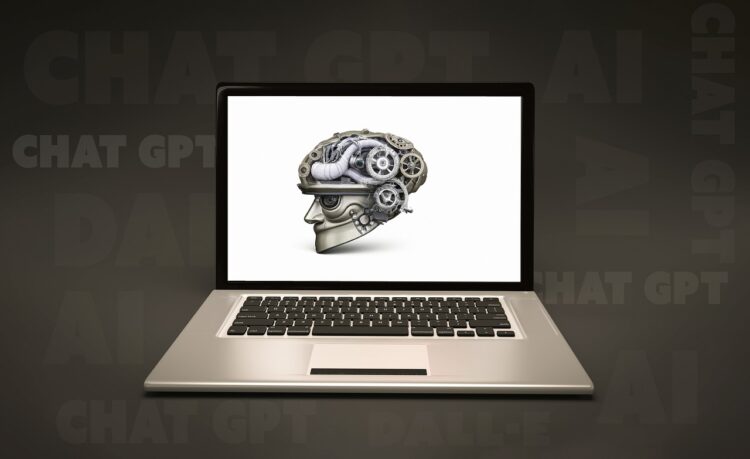What is ChatGPT?
ChatGPT is a state-of-the-art natural language processing (NLP) model developed by OpenAI. It is designed to understand and generate human-like language responses to various tasks and prompts. Trained on a massive dataset of diverse texts and conversations, ChatGPT has achieved remarkable success in generating contextually relevant and coherent responses in multiple languages.
One of the notable features of ChatGPT is its ability to hold long conversations and maintain coherence over extended periods. This has made it a popular tool for various applications, including chatbots, virtual assistants, and customer support services. Additionally, it has been used in research applications such as language modeling, machine translation, and text summarization.
As a cutting-edge AI model, ChatGPT continues to evolve and improve with ongoing updates and developments. It remains a promising technology with a wide range of potential applications and benefits for businesses, organizations, and individuals.
How Does ChatGPT Work?
ChatGPT is based on a deep learning architecture known as a transformer network. This network is trained on large amounts of text data, such as books, articles, and online conversations, to learn the patterns and structures of natural language.
When a user inputs a prompt or question, ChatGPT uses this pre-learned knowledge to generate a response that is contextually relevant and grammatically correct. It does this by breaking down the input text into its constituent parts, such as words and phrases, and then using a complex set of algorithms to generate a response that takes into account the input’s context, style, and tone.
ChatGPT’s transformer network also allows it to hold conversations over extended periods, as it can remember and incorporate previous inputs into its responses. This makes it possible to generate human-like responses that are tailored to the specific needs and preferences of the user.
Overall, ChatGPT’s ability to understand and generate human-like language is based on its deep understanding of the underlying structure and patterns of natural language, combined with its ability to incorporate context and previous inputs into its responses.
What are the benefits of ChatGPT?
There are several benefits of ChatGPT, including:
Reduced workload: ChatGPT can automate certain tasks and responses, freeing up human staff to focus on more complex or critical tasks.
Improved customer service: ChatGPT can be used to develop chatbots and virtual assistants that can handle customer inquiries and support requests 24/7, which can improve response times and customer satisfaction.
Improved efficiency: ChatGPT can process large volumes of text data quickly and accurately, making it useful for tasks such as language modeling, text summarization, and machine translation.
Personalized experiences: ChatGPT can remember and incorporate previous inputs into its responses, allowing it to tailor its responses to the specific needs and preferences of the user.
Multilingual support: ChatGPT can understand and generate responses in multiple languages, making it useful for businesses and organizations that operate in different countries or regions.
Overall, the benefits of ChatGPT include improved productivity, customer satisfaction, and accuracy, making it a valuable tool for businesses, organizations, and individuals in a variety of industries and applications.
